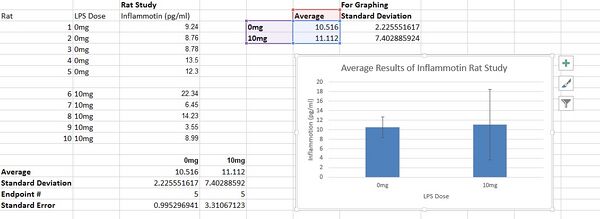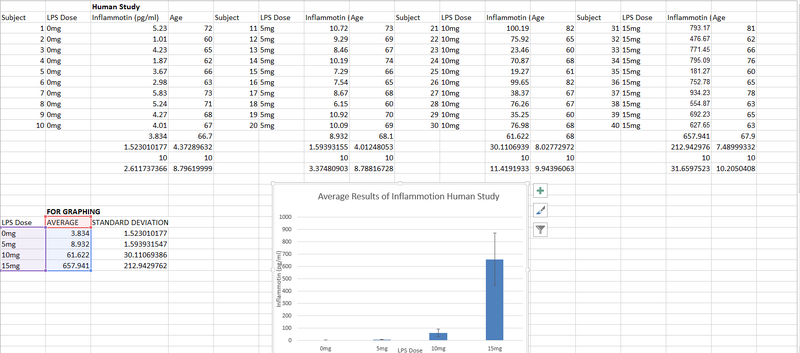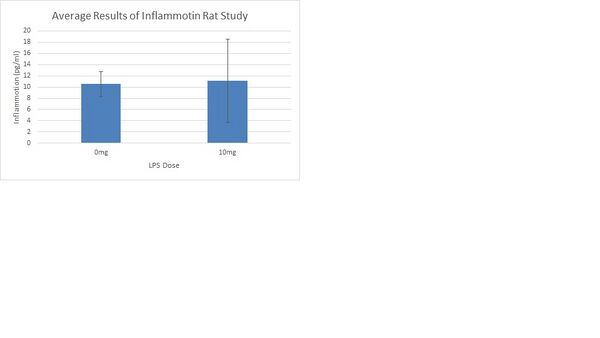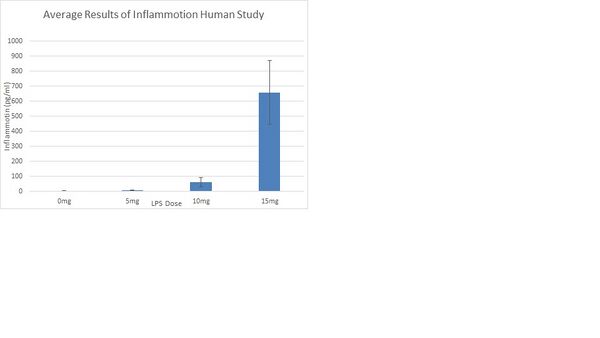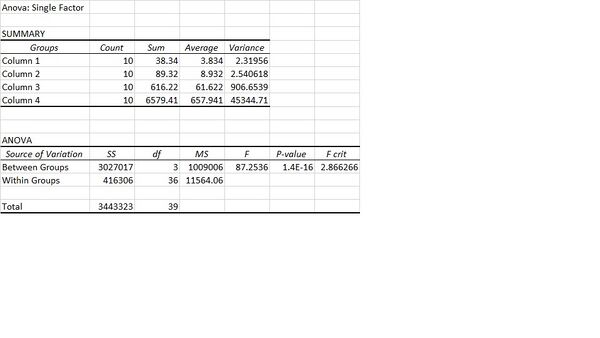BME100 f2014:Group11 L2
| Home People Lab Write-Up 1 | Lab Write-Up 2 | Lab Write-Up 3 Lab Write-Up 4 | Lab Write-Up 5 | Lab Write-Up 6 Course Logistics For Instructors Photos Wiki Editing Help | ||||||||||||||||||||||||||||||||||||||
|
OUR TEAM
LAB 2 WRITE-UPDescriptive StatisticsExperiment 1 Rat Study
Human Study
Results
AnalysisExperiment 1
Experiment 2
Summary/DiscussionThe date gathered from the human study suggests that the LPS treatments did indeed increase Inflammotin levels in the elderly patients. Of course, the higher the dosage the greater the increase. This was proven correct by the ANOVA test, which found a P-value of 1.40X10^-16. This value is much lower than 0.05 and proves there to be a significant statistical difference between the groups. However, this was not the same in the test conducted on rats. The t-test for that experiment found a P-value of .867 which is greater than 0.05 and suggests that there was no statistically significant difference between the groups. Of course, we cannot always assume that treatments will affect rats and humans the same way. What works on a human may not work on a rat and vice versa. The LPS treatments increased Inflammotin levels in humans but it did not have any clear results in rats. |
||||||||||||||||||||||||||||||||||||||

